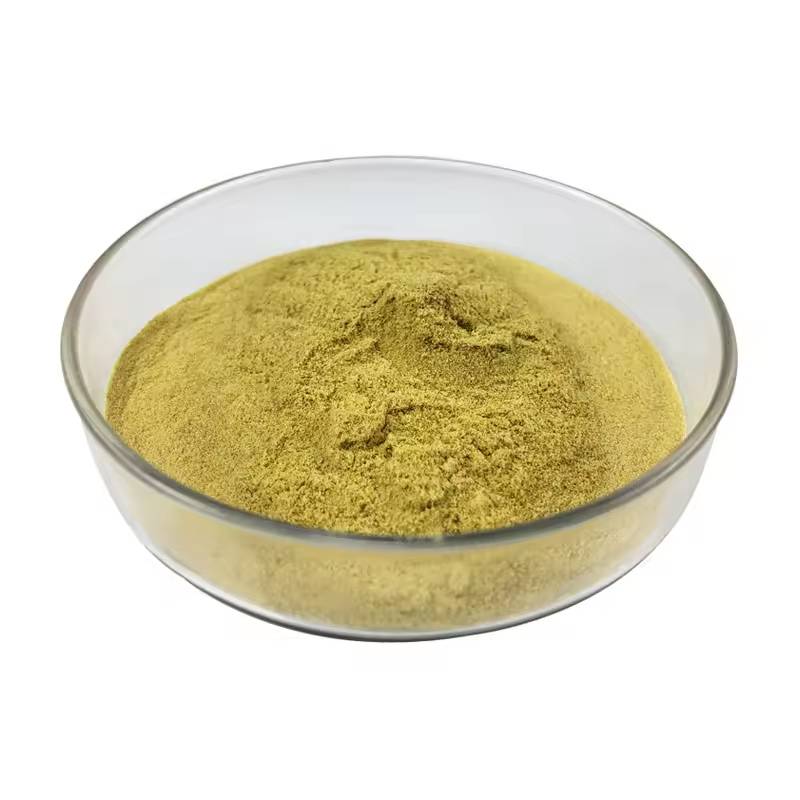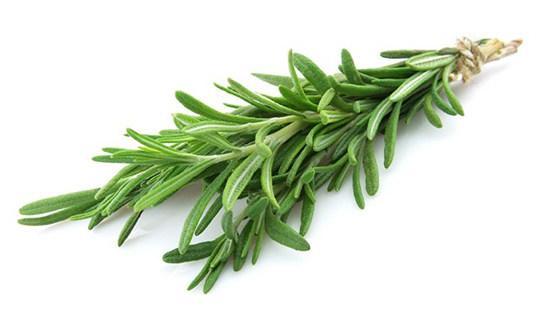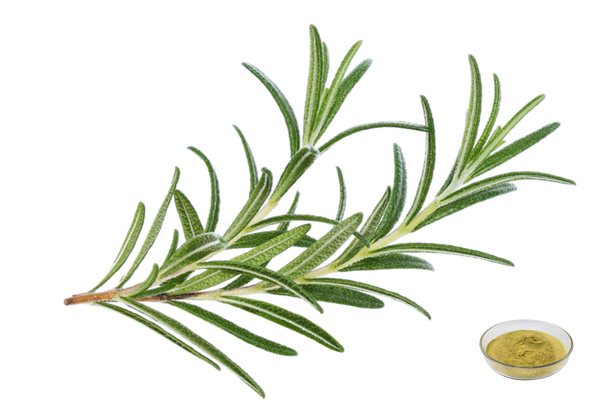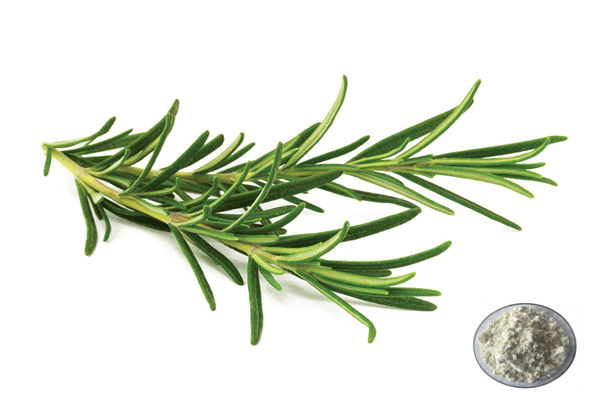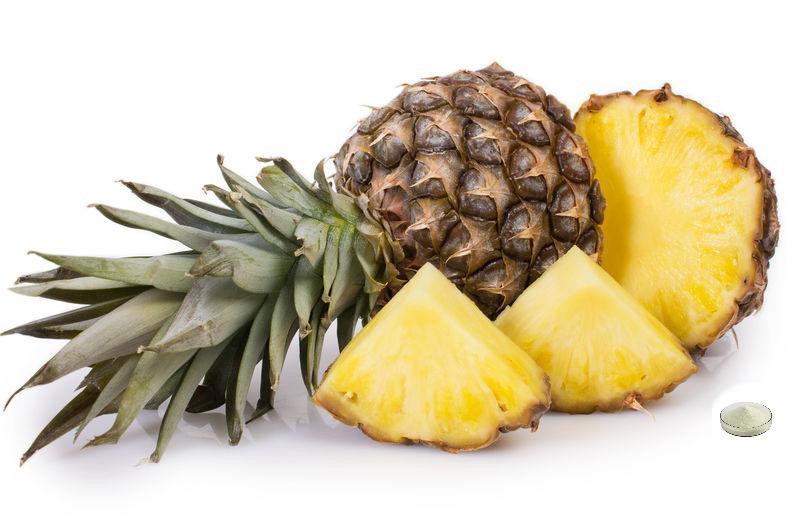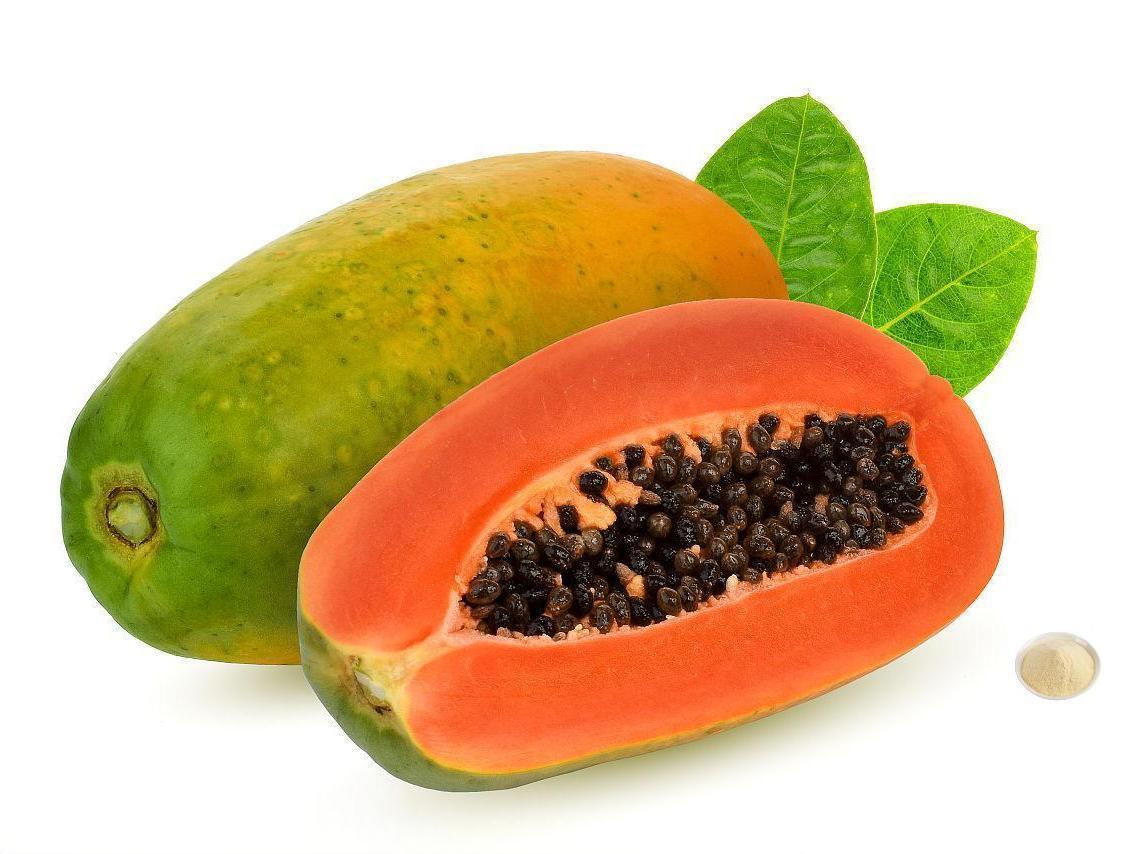Rosemary Extract Rosmarinic Acid 50% by HPLC
출처:로즈 마리 잎
활성 성분:Rosmarinic Acid
검사:50%
시험 방법:HPLC
외관:밝은 노란색 분말
잔류농약:(EC) No 396/2005기준을 준수합니다
- 설명
- 데이터 시트
- 인증 서
-
로즈마리 추출물 Rosmarinic Acid 란?
Rosmarinic 산는 caffeic acid와 3,4-dihydroxyphenyl lactic acid 로부터 농축된 자연 발생 페놀산 화합물이다.Rosmarinic acid는 널리 분포하며 특히 Comfrey과, Labiatae과, Cucurbitaceae 과에서 흔하다.이탈리아의 화학자들은 처음 rosemary Rosmarinus officinalis Linn에서 추출하여 분리하여 rosemarinic acid 라고 명명하였다.로즈마린산은 중요한 폴리페놀성 항산화제로서 식품 및 화장품에 많이 응용되며 항염증, 항균, 항암 및 기타 약리학적 활성이 우수합니다.
로즈 마리 추출 Rosmarinic Acid is a water-soluble natural phenolic acid obtained from rosemary, family Labiatae. It is a natural, efficient, stable, heat-resistant, safe, non-toxic, with no side effects, water-soluble antioxidant, and green food additive.
그린에서 공급하는 HPLC에 의해 Rosmarinic Acid 50%의 로즈마리 추출물 봄 기술은 신선한 로즈마리 잎을 선택;모르타르 및 막자, 연못 또는 기타 적합한 도구를 사용하여 추출 효율을 높이기 위해 미세한 입자로 깨트린다;분쇄된 로즈마리 잎을 유기용매에 담가 용매 추출을 통해 식물 조직에서 로즈마린산을 추출한다.어 녹이세요.그런 다음 증류기술로 추출물로부터 용매를 회수하여 로즈마린산이 함유된 용액을 남기고 마지막으로 결정화기술로 추출물로부터 로즈마린산을 정제하여 다른 불순물을 제거하고 고순도의 로즈마린산을 얻는다.
녹색 Spring Technology has an excellent R&D team, an independent testing laboratory an experienced production team, a rigorous internal quality control process, and organizes production under ISO, HACCP, and other quality standards. All of the products we offer implement the highest international industry standards, complying with EU EC396, EU 2023/915 standards, and the highest solvent residue standards. We have passed Halal, Kosher, COSMOS, BRC, IFS, FDA, ISO, and many other certifications.
규격:
제품 이름
Rosemary Extract
라틴어 이름
학명:Rosmarinus officinalis L.
캐 스 가 없다.
20283-92-5
원본
로즈 마리 잎
유효 성분
Rosmarinic acid
규격
50%
시험 방법
HPLC
외모
연한 노란색 가루
농약 잔류 물을
(EC) No 396/2005 표준을 준수합니다
규제:
EU 규정에 부합한다.
견적을 찾고 계십니까?Benefits:
Anti-inflammatory
Numerous studies have demonstrated that rosemary extract rosemarinic acid has favorable anti-inflammatory effects. Complement activation usually occurs at sites of inflammation, and rosemarinic acid can covalently bind to the active complement substance C3b and thus inhibit complement activity without side effects. Cyclooxygenase-2 (COX-2) is a dangerous inflammatory factor, Scheckel et al. found that rosemarinic acid could inhibit the expression of the COX-2 gene in colon cancer cells and benign breast epithelial cells, and Lembo et al. demonstrated that rosemarinic acid could prevent medium-wave ultraviolet radiation-induced damage and reduce tumorigenicity in human keratinocyte cell lines. Inflammatory mediators such as tumor necrosis factor-α (TNF-α), IL-6, IL-8, and monocyte chemotactic protein 1, and promoted the production of protective IL-10.
Antibacterial
The antibacterial and antiviral properties of rosemary extract rosemarinic acid inhibit acute confusing infections and chronic infections, are resistant to UV rays, and inhibit the degradation of elastin; all of which make it an excellent natural additive to skin care products.
Anti-microbial
Rosemary extract rosemarinic acid has a certain inhibitory effect on bacteria, rosemarinic acid 500 mmol/L can inhibit staphylococci, and the inhibitory activity is affected by pH and ionic concentration. Abedini et al. found that rosemarinic acid 0.3-1.3 mg/mL inhibited Staphylococcus aureus 5001, Staphylococcus luttunensis T26A3, Staphylococcus maltophilus narrow-feeding monocytes, Enterococcus faecalis C159-6, Pseudomonas aeruginosa ATCC27583, Corynebacterium roqueforti, Mycobacterium smegmatis 5003, and Staphylococcus wolffii T12A12.
Rosemarinic acid inhibits Escherichia coli, Staphylococcus aureus, Salmonella, and Bacillus subtilis by destroying the cellular structure and proteins of the bacteria and inhibiting the Na+, K+-ATPase activity of the bacteria and the inhibition varies among different bacteria. In addition, rosemarinic acid has antiviral effects. Under acidic conditions, rosemarinic acid reacts with nitrite ions to give 6-nitro and 6,6-dinitro rosemarinic acids. These compounds acted as human immunodeficiency virus-1 integrase inhibitors at the micromolar level, inhibited viral replication in human T-cell leukemia MT-4 cells, and improved anti-integrase inhibition and antiviral effects.
Applications:
In the Food Field:
Rosemary Extract Rosemarinic acid, as a natural and highly effective antioxidant, can be used as a substitute for BHA and BHT in animal and vegetable fats and oils, dairy products, oil-enriched foods, confectionery, and baked goods; it can also be used as a spice for a variety of soups and flavored foods; and it has antiseptic and antimicrobial effects. In Japan, perilla extract, which is rich in rosemarinic acid, is used as a garnish to improve the shelf life of fresh seafood.
For Feed Product:
In animal husbandry, rosmarinic acid can be used as a feed additive to improve the antioxidant properties and stability of feed, thereby increasing animal performance and health.
In Pharmaceutical:
Rosemary Extract Rosemarinic acid has some antibacterial and anti-inflammatory properties and therefore has some applications in medicine, especially being used in traditional herbal medicine and some herbal preparations.
In Cosmetics:
Rosemary acid can be used in skin care products to dispel pigmentation, antioxidant, increase skin elasticity, delay aging and other effects; used in shampoo hair care products, can promote scalp blood circulation, improve hair loss, reduce the occurrence of dandruff, and stimulate the growth of hair, moisturizing hair. Therefore, rosemary extract rosemarinic acid can be used as an excellent additive in cosmetics.
-
다운로드
Rosemary 추출물 Rosmarinic Acid 50% by HPLC COA


 영어
영어 프랑스
프랑스 스페인
스페인 러시아
러시아 한국
한국 일본
일본



